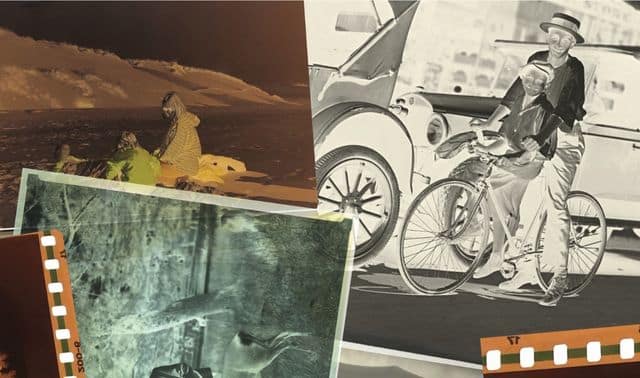A. DPI stands for dots per inch, and it’s a measure of the resolution of an image on a digital display and in print. The dpi number tells you how many dots are in one linear inch of your photo (300 dpi is 300 dots across and 300 dots down). In general, the more dots, the better and sharper the image.
You can set the dpi when you scan an image (the setting is in a slightly different place in every scanner’s software, so check the manufacturer’s instructions). You also can set a digital camera to shoot at various resolutions.
A common resolution for printing photos is 300 dpi, which is good for reproducing photos at their original size. If you want to enlarge the digital image later, set the resolution higher than 300 dpi. The more enlarging you want to do, the higher the resolution you’ll want to use.
To post photos on the Web, make sure the photos are 72 dpi for quick loading, and because most standard monitors display at 72 dpi or 96 dpi. But make sure you save a your original 300 dpi (or higher) version.
Tip: Saving your photos in JPG format is good for printing and posting online. But saving them in TIF format is ideal for archiving photos so that the image quality remains high.




